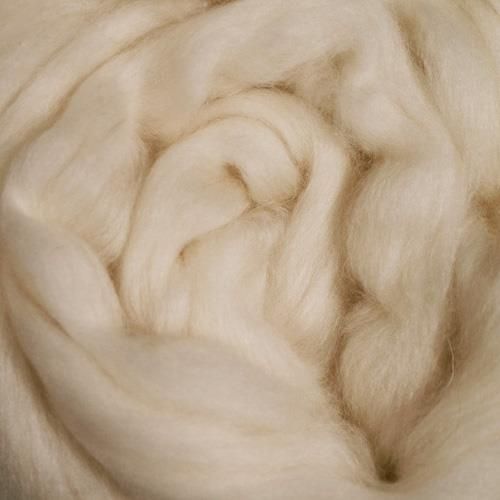Comprehending the Various Types of Cashmere an All-natural Fiber and Their Special Benefits
The Origins of Cashmere: A Historic Review
While the lavish touch of cashmere proceeds to charm modern consumers, its origins map back to the rough, cold environments of Mongolia and the Himalayas. For centuries, the indigenous peoples of these areas have actually been increasing Capra Hircus goats, the prime resource of cashmere wool. These goats, resistant versus the serious wintertimes, grew a great undercoat to survive, which later on came to be recognized as cashmere.

The Production Refine: From Goat to Garment
Shearing a Capra Hircus goat notes the inception of the complex cashmere manufacturing procedure. This delicate treatment generally takes place yearly throughout spring. The fine, soft undercoat is after that separated from the coarser outer hair, a procedure referred to as dehairing. The resultant raw cashmere is then cleaned to get rid of contaminations such as veggie, oil, and dirt matter.
The tidy fiber is subjected to coloring, spinning, and weaving, or knitting, to transform it into a material. Facility procedures like high quality control checks and finishing processes follow, ensuring completion item preserves the luxurious standard expected of cashmere. This painstaking procedure, from goat to garment, justifies the high expense connected to cashmere products, making them a sign of deluxe and refinement.
The Various Sorts Of Cashmere: A Thorough Analysis

The Unique Advantages of Cashmere: Convenience and Sustainability
Moving from the range of cashmere kinds to the advantages they offer, comfort and sustainability stick out plainly. Cashmere, an all-natural fiber, is renowned for its exceptional gentleness, supplying a degree of convenience that synthetic fibers can't match. The material's lightness, yet outstanding warmth retention, makes it suitable for all periods. Cashmere's natural flexibility enables it to return to its original form, making it immune to reducing or extending.
When it comes to sustainability, cashmere is biodegradable and renewable, as it's collected from cashmere goats that regrow their coats annually. what is cashmere. Unlike artificial fibers which can take centuries to break down, cashmere's influence on the setting is marginal. This combination of comfort and sustainability makes cashmere an advantageous choice for aware customers

Taking Care Of Your Cashmere: Maintenance and Conservation Tips
While cashmere is undoubtedly a lavish and sustainable choice, it needs specific like maintain its high quality and expand its life expectancy. To begin, cashmere ought to be hand cleaned using cool water and a mild cleaning agent. Avoid turning or wringing the garment as it can damage the fibers. Rather, gently capture out excess water and lay it level view on a towel to dry. Cashmere products need to be stored in a amazing and completely dry area, away from direct sunlight and moisture. Making use of moth repellents can safeguard these garments from prospective damages. It's suggested to avoid hanging cashmere to avoid extending. Rather, fold and store them appropriately to keep their form and quality in time.
Purchasing Cashmere: Comprehending Its Value and Worth
Although cashmere may initially appear like a pricey financial investment, its long-lasting value and worth become evident when you consider its remarkable qualities. Recognized for its unmatched soft qualities and heat, cashmere is a costs natural fiber that exceeds other materials. Its high need and restricted supply contribute to its high price, yet its longevity guarantees it lasts for many years, providing superb worth for money. Cashmere items are ageless, frequently becoming antiques passed down through generations. what is cashmere. Its natural insulating buildings supply warmth without the mass of artificial fibers. Buying cashmere, for that reason, is not click for info just concerning view publisher site present fashion fads, however about welcoming a sustainable, durable, and extravagant lifestyle.
Verdict
In recap, the kind of cashmere one selects, be it Mongolian, Chinese, or Italian, is dictated by individual choices for heat, high-end, budget, and sustainability. Understanding the beginnings, manufacturing process, and unique advantages of various types of cashmere can lead customers in their investment in this elegant all-natural fiber.
Whether it's the exceptional heat of Mongolian cashmere, the price of Chinese cashmere, or the eco-conscious production of Italian cashmere, there's a story to be discovered behind each fiber kind. Cashmere, a natural fiber, is renowned for its exceptional softness, giving a degree of comfort that artificial fibers can't match.When it comes to sustainability, cashmere is eco-friendly and sustainable, as it's gathered from cashmere goats that regrow their coats annually. Understood for its unrivaled soft qualities and warmth, cashmere is a costs natural fiber that outperforms various other materials. Comprehending the origins, production procedure, and distinct advantages of different types of cashmere can lead consumers in their financial investment in this elegant all-natural fiber.